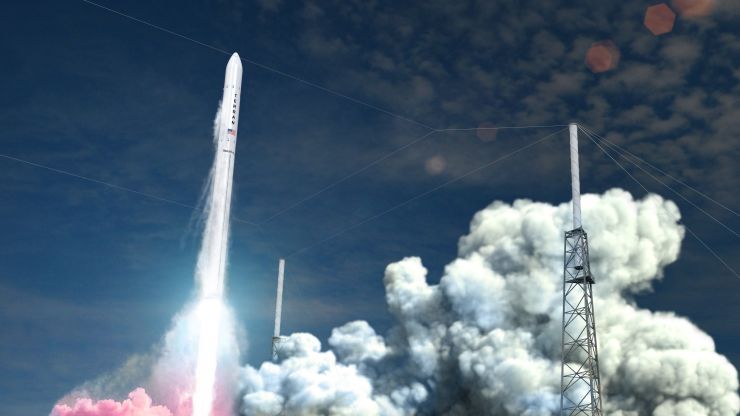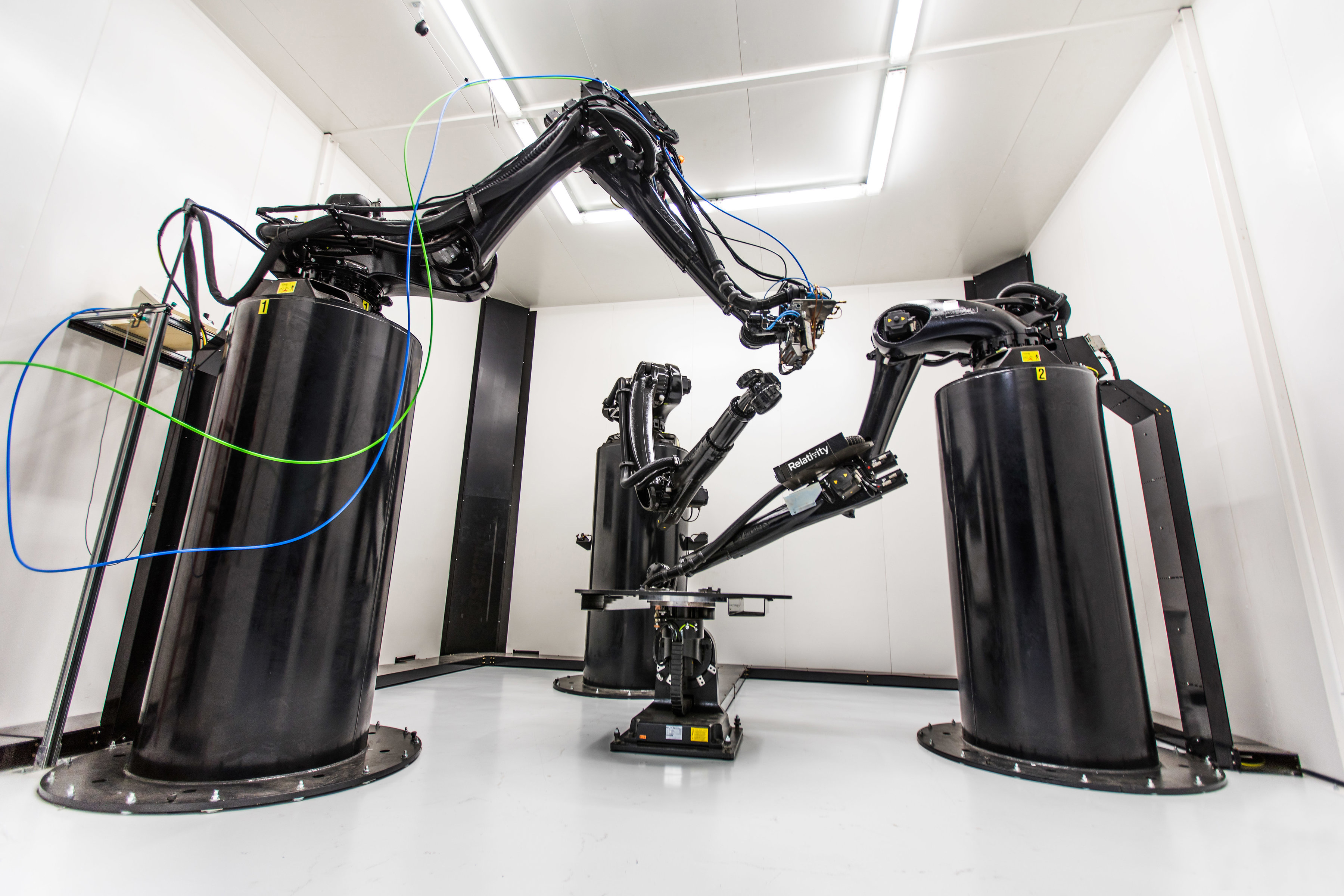Relativity Space, a California-based aerospace company, has signed a contract with Telesat, a Canadian communication satellite maker and operator. According to the agreement, the 3D printed Terran 1 spacecraft by Relativity Space will be used to send small satellites, made by Telesat, into the lower earth orbit (LEO).
Tim Ellis, CEO and co-founder of Relativity Space said, “We are thrilled to partner with Telesat, a renowned industry leader, and support launches for their innovative LEO constellation with our adaptable and completely 3D printed Terran 1 rocket.”
“Our disruptive, autonomous 3D printing platform ensures we can quickly scale support for Telesat’s constellation, while accelerating launch lead time and reducing launch costs per satellite. Relativity’s partnership with Telesat will better connect and secure our planet.”

3D printed space rocket
Founded in 2015, Relativity Space is known for the Aeon, its 3D printed rocket engine, and Terran 1, its launch vehicle. According to the company, the Terran 1 is fully 3D printed using the Stargate 3D printer. With this robot-operated system, the Terran 1 can reportedly be built and deployed within 60 days.
“We’ve actually been able to come up with the world’s largest metal 3D printer to print this rocket out of custom aluminium alloy we’re also developing ourselves,” explained Ellis.
“The 3D printing process has lowered the number of parts needed to assemble its Terran 1 rocket and also allows the company to make changes to the design of the rocket. Engineers can get the new design to the launch pad in just 60 days.”
According to Relativity Space, the Terran 1 is a cost-effective rocket which costs only $8,000/kg to send the payload and can carry up to 1,250 kilos to LEO.

The race for LEO
The use of 3D printing in the aerospace industry is well documented. Space agencies like NASA and ESA have employed the technology in numerous projects. In addition to this, private space companies such as Jeff Bezos-owned Blue Origin have also used 3D printers to build its New Shepard spacecraft.
Furthermore, last year Elon Musk’s SpaceX launched the 3D printed Telstar 19 VANTAGE satellite made by SSL and Telesat.
Dave Wendling said, CTO of Telesat, said, on the latest collaboration with Relativity Space, “We considered established launch providers as well as NewSpace companies whose technologies and manufacturing methods offer lower costs and greater flexibility for deploying our constellation. Relativity is just such a company with their metal 3D printing, use of robotics and other advances.”
“Telesat’s LEO constellation will transform global broadband connectivity with unprecedented performance and affordability and this agreement with Relativity provides Telesat with a number of advantages for achieving our objectives.”
The first test launch of Terran 1 is expected to be launched in 2020, from the Cape Canaveral Air Force Station, Florida.
2019 3D Printing Awards are here. Vote now for the best aerospace applications of 3D printing.
To learn more about the use of additive manufacturing in the space industry, subscribe to our 3D printing newsletter. Also join us on social media: Facebook and Twitter.
Apply for jobs in the manufacturing industry by visiting our 3D Printing Jobs page.
Featured image shows a graphic of the Terran 1 at Cape Canaveral Air Force Station. Image via Relativity Space


